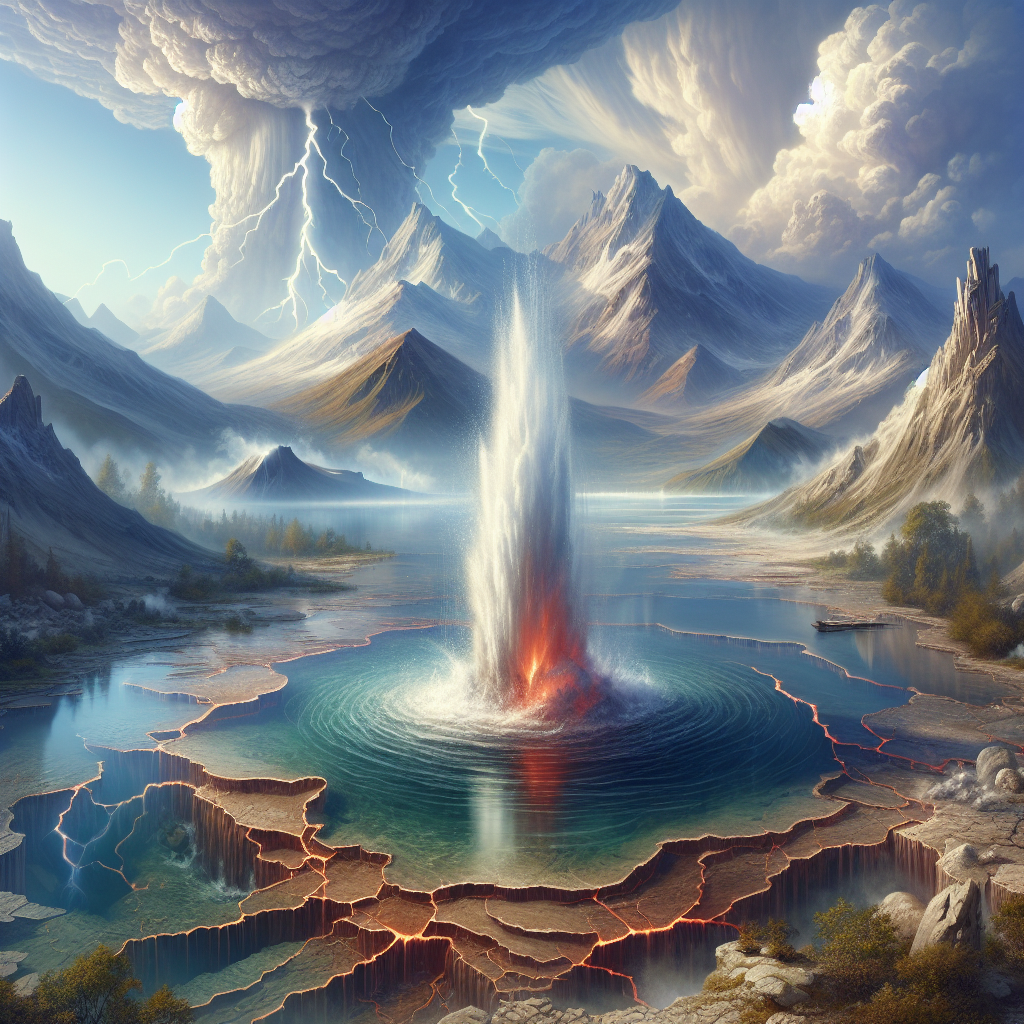Imagine soaking in a natural hot spring, surrounded by the soothing warmth of the water and the peaceful ambiance of nature. But have you ever wondered about the mysterious connection between hot springs and earthquakes? Surprisingly, these two phenomena are intertwined in ways that scientists are still unraveling. In this article, we will explore the fascinating relationship between hot springs and earthquakes, shedding light on the hidden secrets beneath the earth̵7;s surface. Get ready to discover the unexpected links that exist between these awe-inspiring natural marvels. So, sit back, relax, and embark on this captivating journey of discovery.
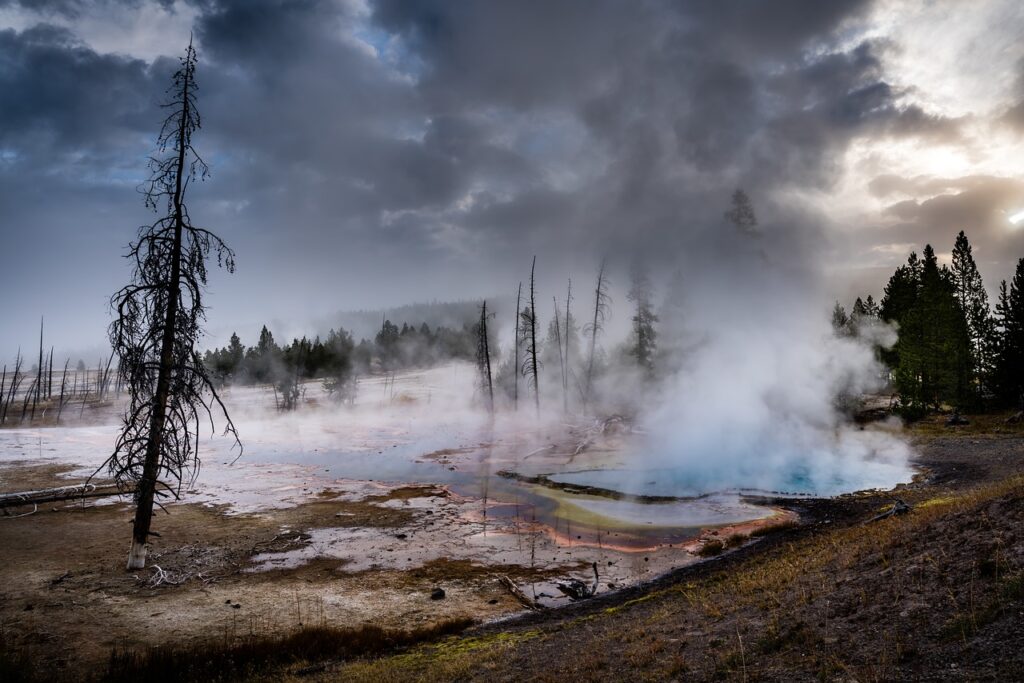
Introduction
Hot springs have long been an intriguing natural phenomenon, captivating people with their warm and soothing waters. But have you ever wondered about the connection between these geothermal wonders and earthquakes? In this article, we will explore the fascinating relationship between hot springs and earthquakes, shedding light on their formation, the movements of tectonic plates, and their implications for seismic activity. Join us on this journey as we delve into the depths of the Earth’s crust to unravel the mysteries that lie beneath.
Formation of Hot Springs
Geothermal Activity
Hot springs owe their existence to geothermal activity, which stems from the Earth’s internal heat. The heat, generated by the decay of radioactive elements and residual heat from the planet’s formation, warms the surrounding rocks and creates a geothermal gradient. As the water percolates through the rocks, it gets heated and rises to the surface, giving birth to hot springs. These geothermal processes provide us with the delightful experience of soaking in the warm embrace of nature.
Underground Water Sources
Underneath the Earth’s surface, vast reservoirs of groundwater lie waiting to be discovered. These underground water sources play a crucial role in the formation of hot springs. When rainwater seeps into the ground, it infiltrates into porous rocks, creating aquifers. As this water interacts with the heated rocks, it absorbs the Earth’s warmth before eventually emerging as hot springs. So, the next time you dip your toes into a hot spring, remember that the source of that soothing water lies deep underground.
Movement of Tectonic Plates
The movements of tectonic plates, the enormous slabs of Earth’s lithosphere that float above the semi-fluid asthenosphere, also contribute to the formation of hot springs. When these plates collide, slide past each other, or separate, they create geological features like mountains, valleys, and fissures. These formations provide avenues for groundwater to follow, leading to the emergence of hot springs. The intricate dance between tectonic plates shapes our planet’s surface and gives life to these captivating geothermal wonders.
Earthquakes and Tectonic Plates
Definition of Earthquakes
Earthquakes, the shaking of the Earth’s surface caused by the sudden release of energy in the Earth’s crust, are intimately connected to the movements of tectonic plates. These seismic events occur when stress accumulated along faults surpasses their strength, resulting in a sudden release of energy in the form of seismic waves. Earthquakes come in various magnitudes, from imperceptible tremors to catastrophic quakes that can reshape landscapes.
Types of Plate Boundaries
Plate boundaries are the regions where tectonic plates interact and can be classified into three types: convergent, divergent, and transform boundaries. Convergent boundaries occur when plates collide, leading to the formation of mountains and subduction zones. Divergent boundaries arise when plates move apart, resulting in the formation of seafloor spreading centers or rift valleys. Transform boundaries occur when plates slide horizontally past each other.
Cause of Earthquakes on Plate Boundaries
The interaction between tectonic plates at these boundaries gives rise to earthquakes. At convergent boundaries, the collision or subduction of plates produces intense pressure and stress, leading to powerful earthquakes. Divergent boundaries experience tension as the plates move apart, resulting in earthquakes of varying magnitudes. Transform boundaries, with their sideways movement, create shear stress, causing earthquakes along the fault lines. These seismic events serve as a reminder of the dynamic forces that continuously shape our planet.
Interaction Between Hot Springs and Earthquakes
Effects of Earthquakes on Hot Springs
Earthquakes can have both immediate and long-term effects on hot springs. The violent shaking during an earthquake can alter the plumbing system of a hot spring, changing the flow rate and temperature of the water. The structural damage caused by seismic waves may also disrupt the geothermal activity, temporarily halting the flow of hot water. Moreover, earthquakes can create new fractures in rocks, allowing for the formation of additional hot springs. These interactions demonstrate the intricate relationship between seismic activity and the geothermal wonders we admire.
Hot Springs as Indicators of Seismic Activity
Hot springs can also act as valuable indicators of seismic activity. Changes in the behavior of hot springs, such as alterations in temperature, mineral content, or flow rate, may signal the occurrence of an earthquake or the movement of tectonic plates. Scientists closely monitor these geothermal features to gain insights into the underlying geological processes. By studying the relationship between hot springs and earthquakes, we can better understand the Earth’s dynamics and potentially improve our ability to predict seismic events.
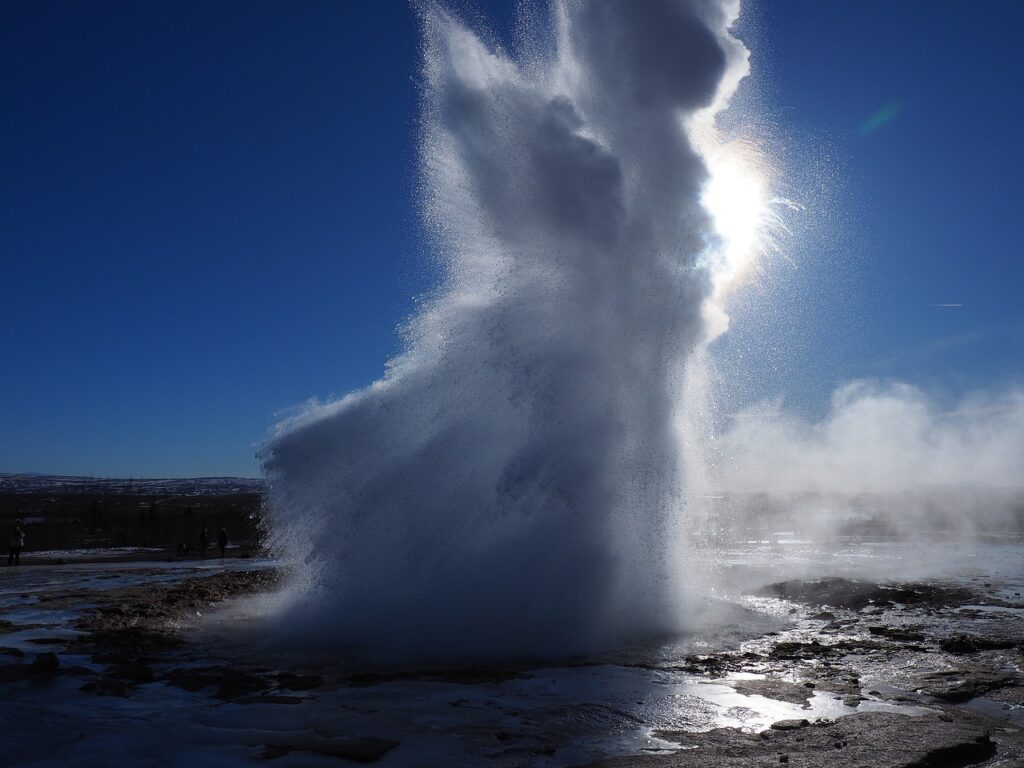
Case Studies
Yellowstone National Park, USA
Yellowstone National Park, located primarily in the U.S. state of Wyoming, is renowned for its mesmerizing geothermal features, including hot springs, geysers, and mudpots. This geothermal hotspot lies atop the Yellowstone Caldera, one of the largest active volcanic systems in the world. The park experiences thousands of small earthquakes each year, reflecting the geologically active nature of the region. The hot springs in Yellowstone serve as captivating reminders of the underlying seismic forces responsible for shaping this unique landscape.
Geyser Valley, Kamchatka Peninsula, Russia
The Kamchatka Peninsula in Russia is a volcanic region teeming with majestic geysers, hot springs, and volcanoes. Geyser Valley, located within the Kronotsky Nature Reserve, boasts one of the largest concentrations of geysers in the world. This geothermal wonderland sits atop the Pacific Ring of Fire, an area known for its intense tectonic and volcanic activity. Constant monitoring of these hot springs provides scientists with valuable data to understand the interplay between earthquakes and geothermal phenomena.
Rotorua, New Zealand
Rotorua, situated on New Zealand’s North Island, is celebrated for its impressive geothermal landscapes and Maori culture. The region’s hot springs, mud pools, and geysers are manifestations of the geothermal energy seeping through the Earth’s crust. Rotorua lies within the Taupo Volcanic Zone, characterized by extensive volcanic activity and frequent earthquakes. Studying the hot springs in Rotorua allows scientists to gather crucial information about the underlying geologic processes and enhance our understanding of earthquake-prone regions.
Scientific Studies and Research
Hot Springs Monitoring Techniques
Scientists employ various techniques to monitor hot springs and gain insights into their dynamics. Remote sensing technologies, such as satellite imagery and aerial surveys, provide valuable data about the physical properties and spatial distribution of hot springs. Ground-based monitoring stations equipped with geophysical instruments, including seismometers and temperature sensors, capture real-time changes in seismic activity and hot spring behavior. These monitoring techniques collectively contribute to our understanding of the relationship between hot springs and seismic events.
Correlation Studies Between Hot Springs and Earthquakes
Researchers conduct extensive correlation studies to examine the relationship between hot springs and earthquakes. By analyzing long-term geological records and comparing them with seismic data, scientists can identify patterns and determine if certain hot springs are particularly sensitive to seismic activity. These studies contribute to our understanding of the underlying mechanisms connecting hot springs and earthquakes, paving the way for improved earthquake monitoring and potential predictive capabilities.
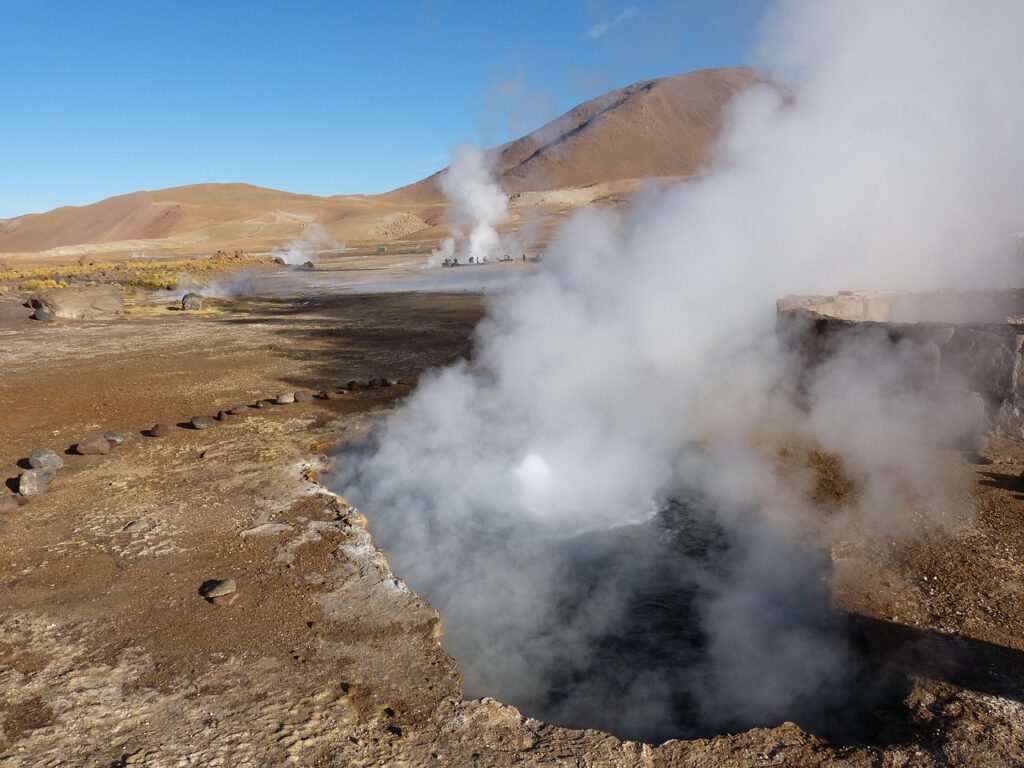
Applications and Implications
Predicting Earthquakes Using Hot Springs
Hot springs hold the potential to serve as valuable tools for earthquake prediction. Changes in the behavior of these geothermal features could provide early warning signs of impending seismic events. By monitoring hot springs in earthquake-prone areas and analyzing the correlation between their activity and earthquakes, scientists may be able to develop more effective methods for predicting and mitigating the impact of earthquakes on communities.
Hot Springs as Potential Seismic Monitoring Tools
The characteristics of hot springs make them promising candidates for seismic monitoring. Their sensitivity to seismic activity and the ease with which changes can be observed and measured make hot springs valuable indicators of potential seismic events. Integrating hot springs monitoring into existing seismic networks could enhance our ability to detect and monitor earthquakes, contributing to improved seismic hazard assessment and disaster preparedness.
Environmental Considerations
Conservation of Hot Springs Ecosystems
The conservation of hot springs ecosystems is of paramount importance to preserve their natural beauty and unique biodiversity. The delicate balance between geothermal activity and the surrounding ecosystems must be protected to ensure the sustainability of these natural wonders. Implementing measures to prevent pollution, controlling visitor numbers, and educating the public about the significance of these ecosystems are vital steps in preserving and safeguarding hot springs for future generations.
Balancing Tourism and Environmental Protection
Hot springs attract visitors from around the world, offering recreational and therapeutic experiences. However, managing tourism while minimizing its impact on the environment presents a considerable challenge. Developing sustainable tourism practices, establishing visitor guidelines, and investing in infrastructure that minimizes environmental disruption are crucial steps in striking a balance between tourism and environmental protection. By doing so, we can continue to enjoy the beauty of hot springs while safeguarding their fragile ecosystems.
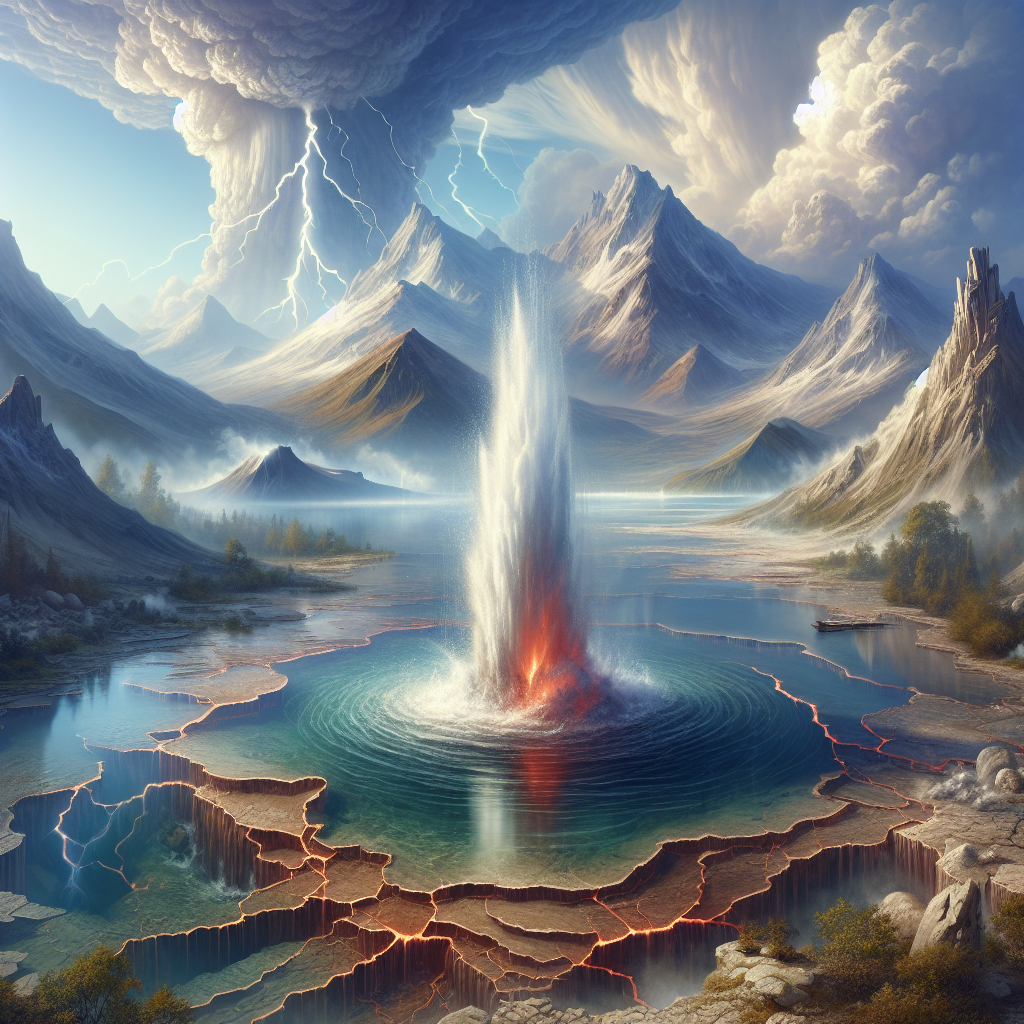
Conclusion
The interconnectedness between hot springs and earthquakes reveals the intricate relationship between the Earth’s geothermal forces and tectonic movements. From their formation through geothermal activity and underground water sources to the influence of tectonic plate motions, hot springs provide glimpses into the dynamic nature of our planet. The effects of earthquakes on hot springs and the use of these geothermal wonders as seismic monitoring tools highlight the practical applications and implications of their relationship. By embracing environmental considerations and fostering responsible stewardship, we can protect these breathtaking ecosystems and marvel at the enigmatic connection between hot springs and earthquakes.
